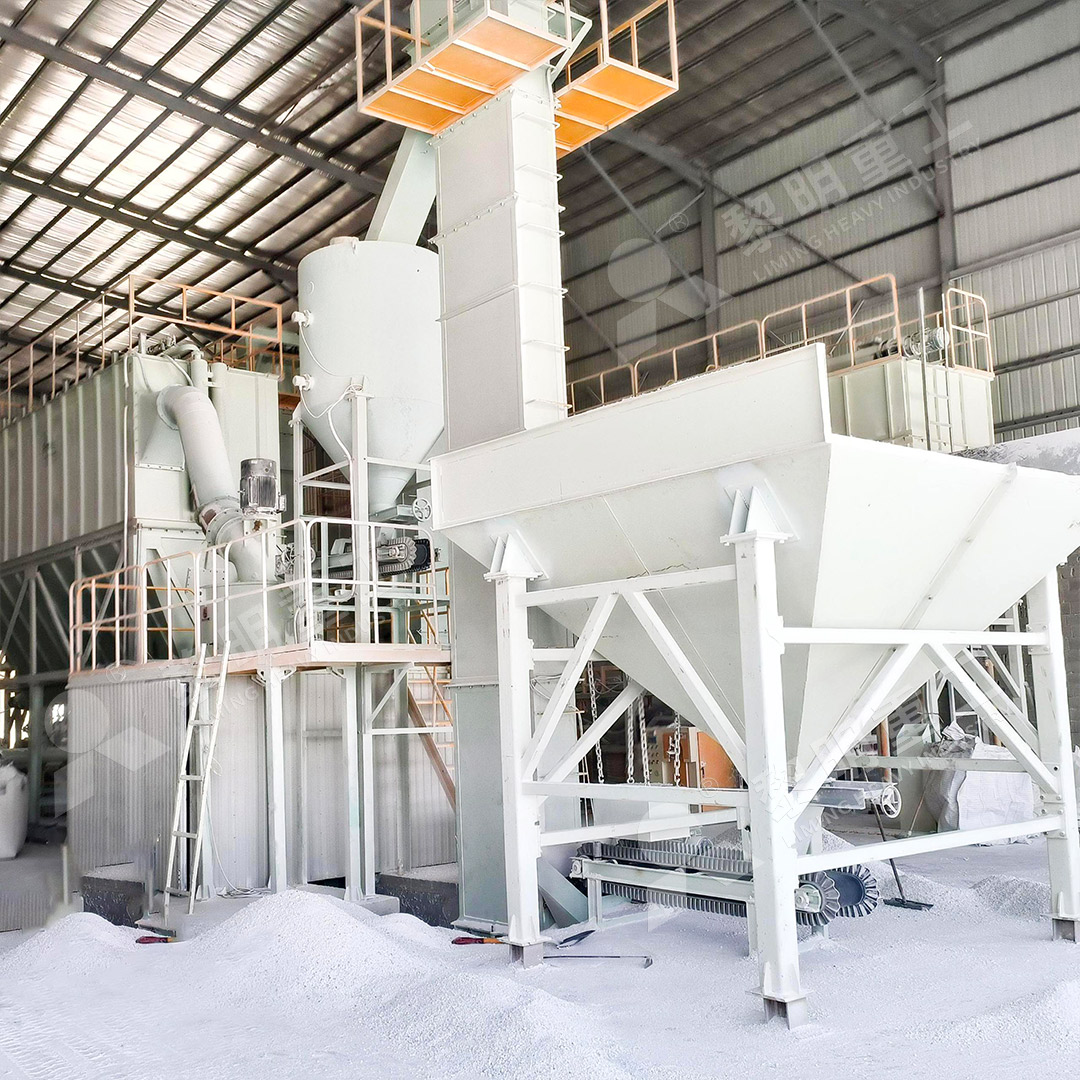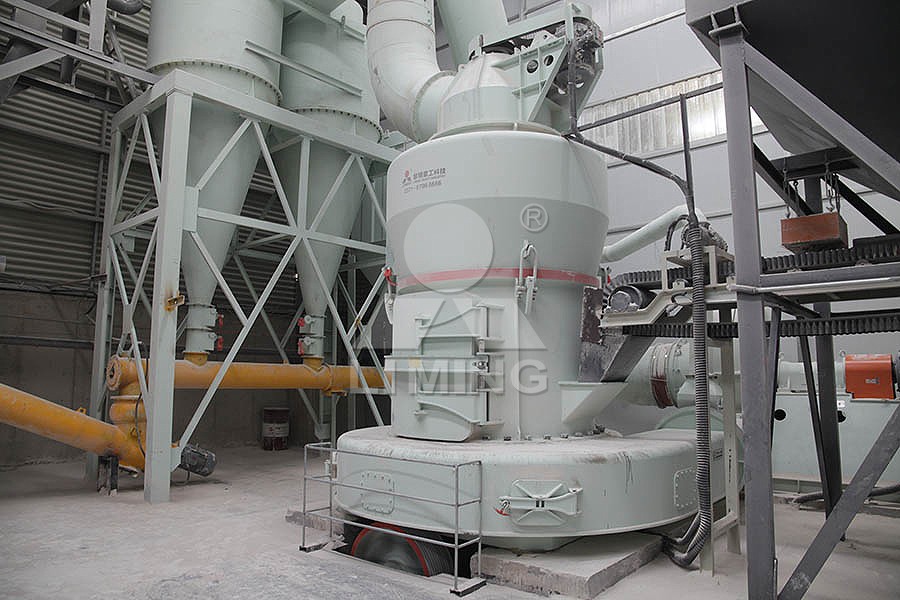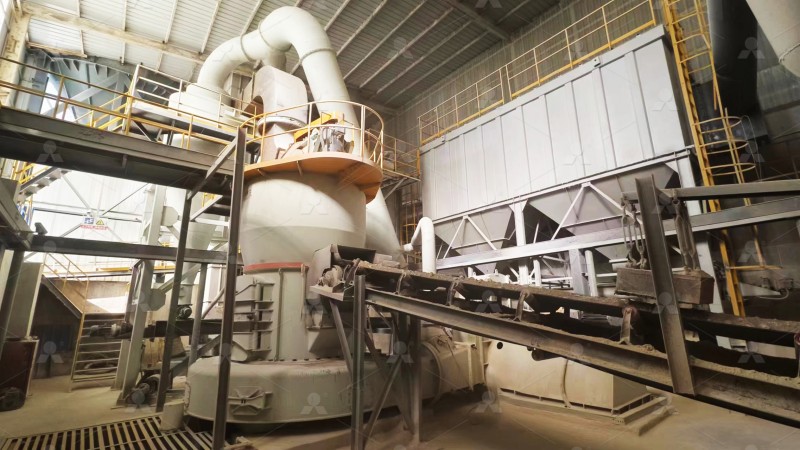How Much Does a Microcrystalline Stone Grinding Mill Machine Cost?
How Much Does a Microcrystalline Stone Grinding Mill Machine Cost?
As a project manager overseeing the setup of a new mineral processing facility, I’ve fielded this question countless times from clients and colleagues. The truth is, there’s no single answer—the cost of a microcrystalline stone grinding mill depends on numerous factors that vary significantly between operations. Having worked with LIMING Heavy Industry’s equipment for years, I can provide some real-world insights into what drives these costs and how to make an informed investment.
Key Factors Influencing Grinding Mill Pricing
When budgeting for a grinding mill, consider these critical elements that directly impact the bottom line:
Capacity Requirements: The production capacity you need is perhaps the most significant cost driver. A machine processing 0.5 tons per hour will cost substantially less than one handling 25 tons per hour. Our operations typically start with a thorough analysis of current and projected throughput needs to avoid both under- and over-investment.
Fineness Specifications: The required particle size dramatically affects equipment selection and cost. Achieving 325-mesh fineness is considerably different from producing 2500-mesh ultra-fine powder, with the latter requiring more sophisticated separation technology and precision engineering.
Material Characteristics: The specific properties of your microcrystalline stone—hardness, moisture content, abrasiveness, and chemical composition—determine the wear resistance needed in grinding components, which directly impacts both initial cost and long-term operating expenses.

Beyond the Price Tag: Total Cost of Ownership
Smart buyers look beyond the initial purchase price to consider the total cost of ownership. In our experience, this includes:
Energy Consumption: Grinding operations are energy-intensive. We’ve found that advanced mills like the MW Ultrafine Grinding Mill can reduce energy consumption by 30-40% compared to conventional equipment. With input sizes of 0-20 mm and capacities ranging from 0.5-25 tph, this machine offers remarkable efficiency for microcrystalline stone processing. The innovative grinding curves of the roller and ring assembly enhance grinding efficiency, delivering 40% higher production capacity than jet mills with the same power input.
Maintenance Requirements: Downtime is expensive. Look for designs that minimize maintenance complexity. The MW series features no rolling bearings or screws in the grinding chamber, eliminating common failure points that plague other designs. External lubrication systems allow for maintenance without shutdown—a feature that has saved our operation thousands in lost production time.
Environmental Compliance: Modern operations must consider dust and noise control. Integrated pulse dust collectors and mufflers in equipment like the MW Ultrafine Grinding Mill ensure compliance without additional investment in auxiliary systems.

Strategic Equipment Selection
Based on our extensive field experience, here’s how we approach mill selection for microcrystalline stone:
For ultra-fine applications requiring 325-2500 mesh fineness, the MW Ultrafine Grinding Mill has proven exceptional. Its German-designed cage-type powder selector provides precise separation, while the ability to configure multi-head selectors based on specific requirements gives operations remarkable flexibility. The d97≤5μm screening rate in a single pass significantly reduces processing time and energy use.
For operations requiring vertical grinding solutions, the LUM Ultrafine Vertical Grinding Mill offers distinct advantages with its 0-10 mm input size and 5-18 tph capacity. The unique roller shell and lining plate grinding curve design generates material layers more effectively, improving finished product whiteness and cleanliness—critical factors for high-value microcrystalline stone applications.
Realistic Budget Expectations
While specific pricing requires consultation with manufacturers, prepare for investments ranging from tens of thousands to several hundred thousand dollars depending on your requirements. Remember that the right equipment should be viewed as a productivity investment rather than merely a cost.

Frequently Asked Questions
What is the typical lifespan of a microcrystalline stone grinding mill?
With proper maintenance, high-quality grinding mills can operate effectively for 15-20 years. The MW Ultrafine Grinding Mill’s design without internal rolling bearings and screws significantly extends service life by eliminating common failure points.
How does material hardness affect grinding mill selection?
Harder materials require more robust construction and specialized wear components, increasing both initial cost and maintenance requirements. Always provide your supplier with detailed material specifications for accurate recommendations.
Can the same grinding mill process different types of microcrystalline stone?
Yes, versatile mills like the MW series can process various materials including limestone, calcite, dolomite, and barite. Adjustable fineness between 325-2500 meshes allows quick adaptation to different product requirements.
What operational costs should I budget for beyond the equipment purchase?
Factor in energy consumption, wear part replacement, maintenance labor, and potential downtime. Advanced mills with higher initial costs often provide lower total operational expenses through energy efficiency and reduced maintenance needs.
How important is after-sales support when selecting a grinding mill manufacturer?
Extremely important. Manufacturers like LIMING that provide comprehensive technical services and genuine spare parts ensure long-term operational reliability and significantly reduce lifecycle costs.
